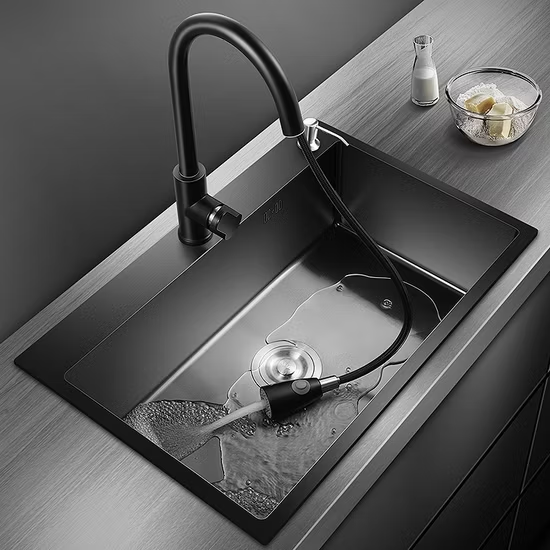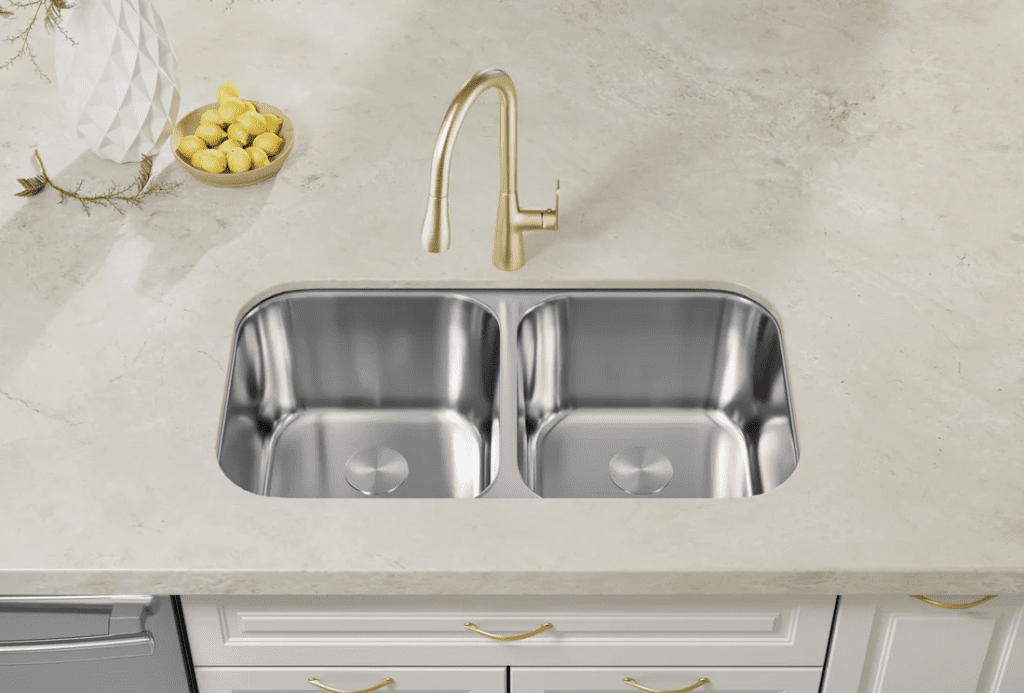In the captivating world of antique home design, certain architectural elements reveal much about past lifestyles, values, and daily routines. One such feature is the antique mopping sink—a small, low-set sink often found tucked away in utility rooms, basements, or behind closed doors. This unique knee-height sink was once essential to households, serving a practical yet fascinating role. Though these sinks may seem like peculiar relics today, they offer a window into the past, shedding light on social hierarchies, design innovations, and evolving concepts of home convenience.
The Purpose of Antique Mopping Sinks

The function of antique mopping sinks may not be immediately clear. Unlike typical kitchen or bathroom sinks, these low sinks weren’t used for washing hands or dishes. Instead, their purpose was strictly utilitarian: they were specifically designed for household tasks such as mopping and cleaning. Positioned near the floor, these sinks allowed for easy filling and emptying of mop buckets without the need to lift heavy containers to a higher sink. This seemingly simple design served a critical purpose, streamlining cleaning routines and reducing the physical strain on those tasked with daily maintenance.
In an era when household chores involved intense manual labor, these sinks highlight an early awareness of ergonomic solutions. Before ergonomics became an established field, antique mopping sinks addressed the physical demands of cleaning, demonstrating the importance of practical design in everyday tasks.
How Knee-Level Sinks Reflect Social Hierarchies
The placement and usage of mopping sinks also reveal much about the social structures of the time. Typically, these sinks were installed in out-of-the-way areas such as basements, back halls, or utility rooms—spaces designated for household staff or servants. The separation of mopping sinks from main living areas reinforced a divide between the household’s cleaning activities and the spaces occupied by its residents.
This physical separation underscored a broader social hierarchy within the household. Functional spaces were carefully placed out of sight, ensuring that the labor-intensive work of cleaning remained discreet, with little interference from residents or guests. This design choice reflected the values and social norms of the era, preserving the distinction between those performing household labor and those enjoying the comforts of the home. The antique mopping sink thus serves as a reminder of the unspoken social boundaries that once existed within homes.
The Materials and Craftsmanship of Antique Mopping Sinks
Though created for practical purposes, antique mopping sinks were often crafted from durable, high-quality materials. Stone, cast iron, and porcelain were common choices, ensuring that these sinks could withstand heavy use for many years. Some sinks featured elaborate detailing, tile work, or even inscriptions, showcasing the era’s commitment to aesthetics and craftsmanship—even for utilitarian items.
These sinks weren’t just functional; they were built to endure and, in some cases, to enhance the aesthetic appeal of the space. The choice of materials and craftsmanship reflected the values of the time, where even the most functional household items were made to be both beautiful and enduring. This quality has allowed many antique mopping sinks to survive through the decades, becoming cherished pieces among historians, collectors, and vintage home enthusiasts.
A Testament to Ergonomics Before Its Time
Today, we associate ergonomics with modern design principles that prioritize reducing physical strain. But the concept of ergonomics isn’t as new as we might think. The design of the mopping sink shows that even in the past, people understood the importance of easing the physical demands of household work. Positioned at knee level, these sinks allowed for easy access without excessive bending, enabling household staff to fill and empty buckets with minimal strain.
This thoughtful design consideration highlights an early example of ergonomic thinking. The mopping sink’s low position shows a human-centered approach to design, prioritizing practicality and ease of use. It’s a fascinating reminder that ergonomic design has deep historical roots, demonstrating that people have long sought ways to make their environments work more comfortably and efficiently.
The Decline of Mopping Sinks and Changes in Household Design

As social structures shifted and household staff became less common, the design of homes began to change. Modern cleaning tools, such as vacuum cleaners, drastically reduced the demand for manual mopping, making the mopping sink less necessary. By the mid-20th century, the mopping sink had largely fallen out of favor, as households adapted to new cleaning technologies that required less water and fewer specialized cleaning spaces.
Additionally, the move toward open floor plans and integrated living spaces marked a departure from the hidden utility areas of the past. With fewer rooms dedicated solely to cleaning or household tasks, the mopping sink became obsolete, a relic of a different time. Today, these sinks can occasionally be found in older homes, preserved as historical artifacts rather than functional elements.
Repurposing Antique Sinks in Modern Homes
Despite their decline in practical use, antique mopping sinks have found new life in modern interior design. Homeowners and designers with an appreciation for vintage aesthetics have repurposed these sinks as charming, unique decor elements. They can serve as small utility sinks in mudrooms, for instance, or as eye-catching fixtures in eclectic bathrooms. Some even repurpose them outdoors as decorative planters or sinks for rinsing gardening tools.
In modern homes, these antique sinks pay homage to the past, bringing a sense of history and charm into contemporary spaces. Their durability and timeless design make them suitable for various purposes beyond their original function, proving that good design can truly stand the test of time.
A Window into the Past Through Functional Design

The antique mopping sink is more than just a quirky feature in old homes; it’s a tangible piece of history that reflects the values and lifestyles of a bygone era. These knee-level sinks tell the story of a time when manual labor was an integral part of daily life, and every design choice was made with practical considerations in mind. From their placement in utility rooms to the durable materials used in their construction, these sinks offer a glimpse into the lives of those who once depended on them.
For historians, architects, and vintage enthusiasts, these sinks are more than functional items—they’re symbols of the era’s dedication to functionality, craftsmanship, and the subtle ways design can reveal social hierarchies and cultural values. Encountering a low-set sink in an older home invites us to appreciate the story it tells about the past and the people who designed, installed, and used it.
Conclusion: Appreciating the Legacy of Antique Mopping Sinks
In the end, the antique mopping sink is a testament to the practical ingenuity and social dynamics of the past. While it may no longer serve its original purpose, it remains a cherished relic, preserved for its historical and aesthetic value. Today, these sinks remind us of a time when home design prioritized functionality, durability, and even a touch of elegance in the most unexpected places.
The next time you encounter one of these vintage sinks, take a moment to appreciate the history embedded in its design. These low-set, utility-focused sinks may no longer be essential, but they carry with them the legacy of a time when household labor was a daily reality, and thoughtful design made all the difference in easing the work that went into maintaining a home. Through these antique features, we gain a unique perspective on the practical beauty and enduring craftsmanship that shaped homes of the past


